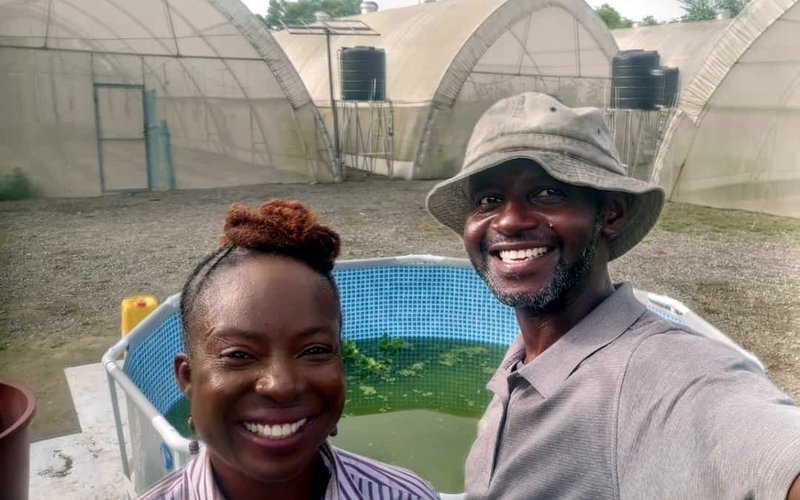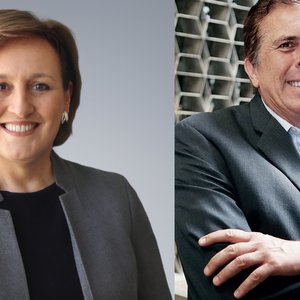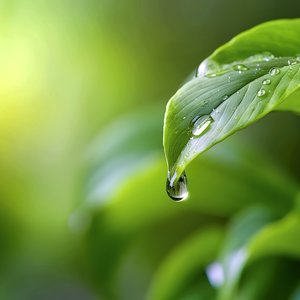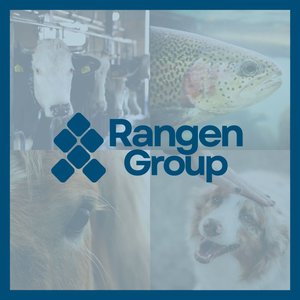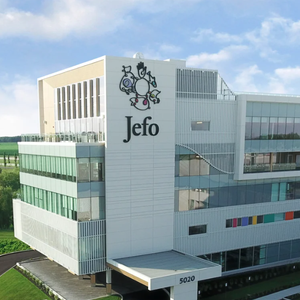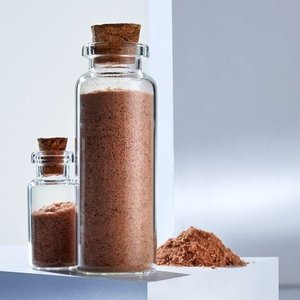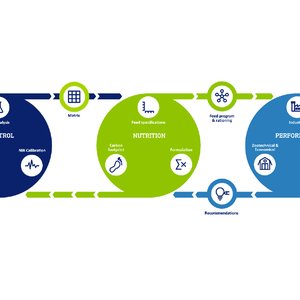Before the end of the year, it is expected that the Alternative Fish Feed program, promoted by the Ghana National Aquaculture Association in partnership with the Fisheries Commission and NORAD, will yield a few formulas that would be considered for commercial production. However, there have been some interesting discussions, including how large quantities of raw materials would be generated, and whether commercial feed producers will play a role in this new dispensation.
It is accepted that plants and algae are valuable ingredients to support aquaculture, but some believe that while plant sources like duckweed, water lettuce, azolla and leucana are mostly sourced from water bodies close to small farms, and it will be quite difficult to generate large volumes to justify commercial production.
Ronald Sackey, a livestock feed supplier, believes that “West African countries, especially Ghana and Nigeria, have found it difficult to maximize poultry, pig and fish production because they have relied on corn and soy meal, at the expense of plant sources and agro byproducts. We have vast resources of palm kernel cake and cocoa pod husk, for example, but we have been unable to create simple processes for dealing with the anti-nutritional factors that will enable us to put them to commercial use. We must do better with plant sources. We must find effective ways of making them available to farmers, in the shortest possible time.”
Wastewater to increase ingredient production
Wilfred Agbi, a consultant who has built fish farms in several West African countries, says that “one option for producing large quantities of plants for commercial fish production, is the deployment of basic or primary sedimentation tanks, which many fish farms have. In fish farming, they serve to separate waste materials from wastewater, making the water safe for use in watering crops and vegetable lands. Aquatic plants can thrive with very little encouragement, and provide a continuous supply of duckweed, azolla, water lettuce and other aquatic plants for fish feed production. With the current concerns about sustainability and environmental production, more fish farmers should be encouraged to develop sedimentation tanks for producing plants for sale or use, and for cleansing their wastewater for growing crops and vegetables.”
There are some views that pond waste is a rich source of nutrition for plants, which can simply be piped down from the ponds to water crops and vegetables to provide extra income for farmers. Some agencies promote this practice in Africa. For example, as part of its $13 million project aimed at improving conditions for people in the Western Region affected by oil and gas operations, the UK's Development Fund for International Development sponsored a program to train and support catfish farmers whose operations had declined over the past few years. In addition to training and provision of equipment, they were taught “smart aquaculture”, which involved piping down wastewater from the ponds down vegetable beds, to provide extra income.
However, Fred Kpanber, researcher at Bio Green Agro, commented on the use of fish pond wastewater in Ghana. He says that “fish-pond wastes should be biologically degraded and enhanced naturally before being used to water land crops. This will help optimize positive outcomes and prevent negative effects from excess ammonia, nitrous acidity, methane, etc.” His belief is based on feedback from client farmers. He said that these plants and algae serve other valuable purposes, including the natural and efficient capture of greenhouse gases to improve environmental sustainability in farming.
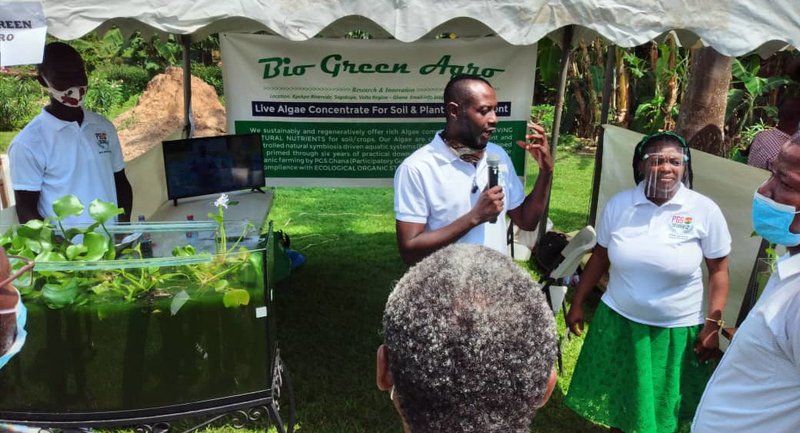
Bio Green Agro grows algae in a tilapia environment. Credits: Efua Konyim Okai
Alternatives gaining momentum
Currently, commercial algae production has not been widely involved in Ghanaian aquaculture, except for companies like Bio Green Agro and Rosh Pinah, which are cultivating several species for use in fish and as biofertilizer, and Algo-Ritme that produces algae (Spirulina).
Emmanuel Mensah, senior research scientist at the Aquaculture Research and Development Institute, believes that it is still early. "Ghana gathered momentum in aquaculture from 10,000 tons in 2011 to 55,000 tons in 2016, on the back of commercially branded feed. However, the cost of commercial feed poses a challenge to the farmer. In recent times we have been considering alternative sources. Algae will gain momentum very shortly,” Mensah said.
On a visit to Florence Vanderpuye's CEO of Rosh Pinah farm, she stated that alternative ingredients are gaining prominence as valuable agents in aquaculture. “As you can see, we safely grow water hyacinth in a catfish environment and use it as fertilizer for our organic plants. Catfish with Water Hyacinth was for many years regarded as a harmful or dangerous plant. So water hyacinth is yet another candidate for aquaculture feed which is virtually untapped in Ghana and perhaps Africa," said Vanderpuye.
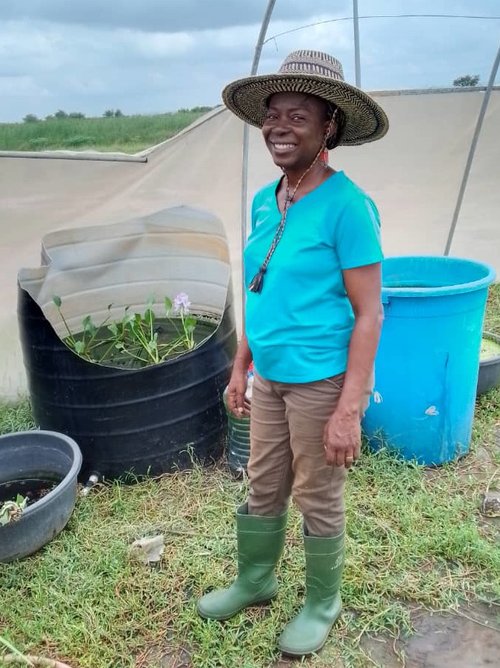
Frederick Kpanber and Florence Vanderpuye are considering suggestions by the aquaculture industry for “localized production” of aquatic plants and algae for safely integrating fish and crop farming to boost profitability for farmers. Dr. Vanderpuye said that “instead of carrying barrels of fertilizer to farms all over the place, we are willing to work with fish and crop farmers, to go to their farms and produce aquatic plants and algae professionally for them, which can be used or sold as fish feed, and clean wastewater and enhance it to be safely used to grow crops and ornamental plants.”
David Adade, CEO of Windmill Farms and member of the IMC of the Ghana National Aquaculture Association, says that “plants and algae provide a cost-effective method for us to comply with the requirements of environmental authorities. We get the extra advantage of growing and using these ingredients on our own farms or selling protein ingredients to feed producers.”
Currently, various forms of manufactured alternative ingredients like duckweed, single-cell protein and Artemia products have started showing up on the West African market. Mensah describes the current feed situation as "positively fluid". “The demand for corn by humans and industry all over Africa cannot be met at current production levels, so alternatives had to be found for livestock production. So these developments are a good sign,” Mensah said.
Felix Grant, a Baltimore-based Ghanaian economist, has been watching the West African aquafeed industry for a while and believes that “aquaculture is crucial to food security and the economy in the sub-region, and feed is perhaps the key factor. It is good that we are actively considering feed alternatives, but we should also look at processing factors. The type of processing will determine the success of our efforts at deploying alternative ingredients. Let us look at innovation. Are there simple new technologies that can help us process and deliver duckweed, azolla and algae cost-effectively? We cannot afford to delay further, especially when manufactured products from Europe and China are already making their way to our market.” Catfish with Water Hyacinth


